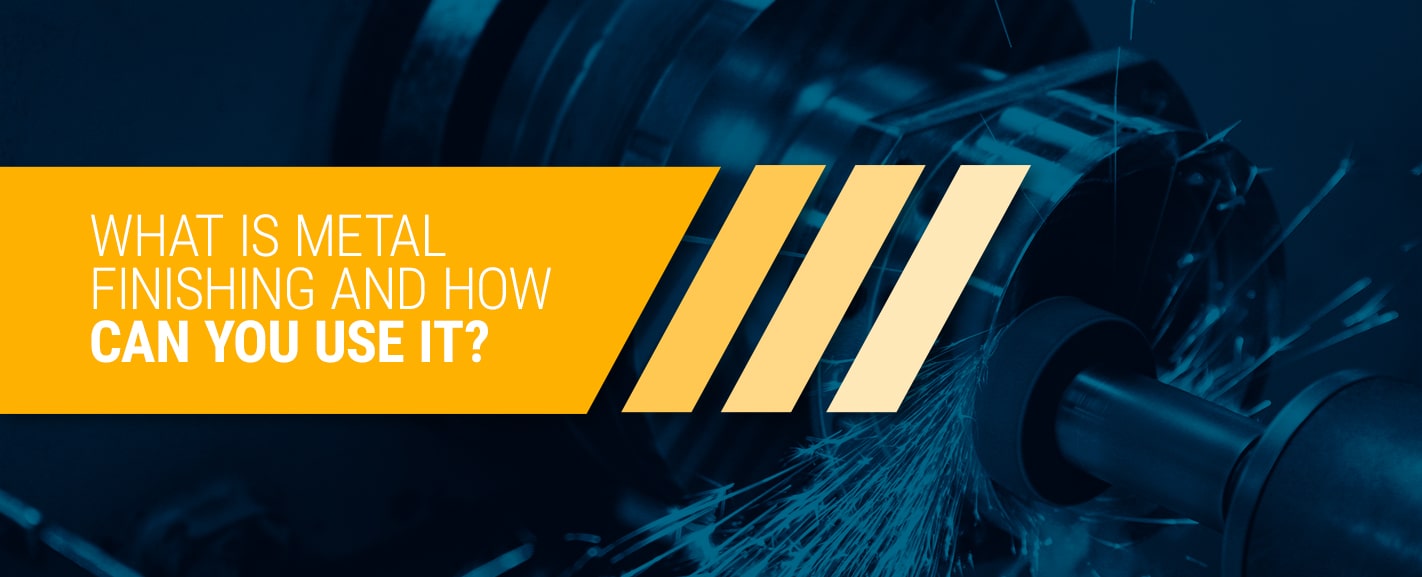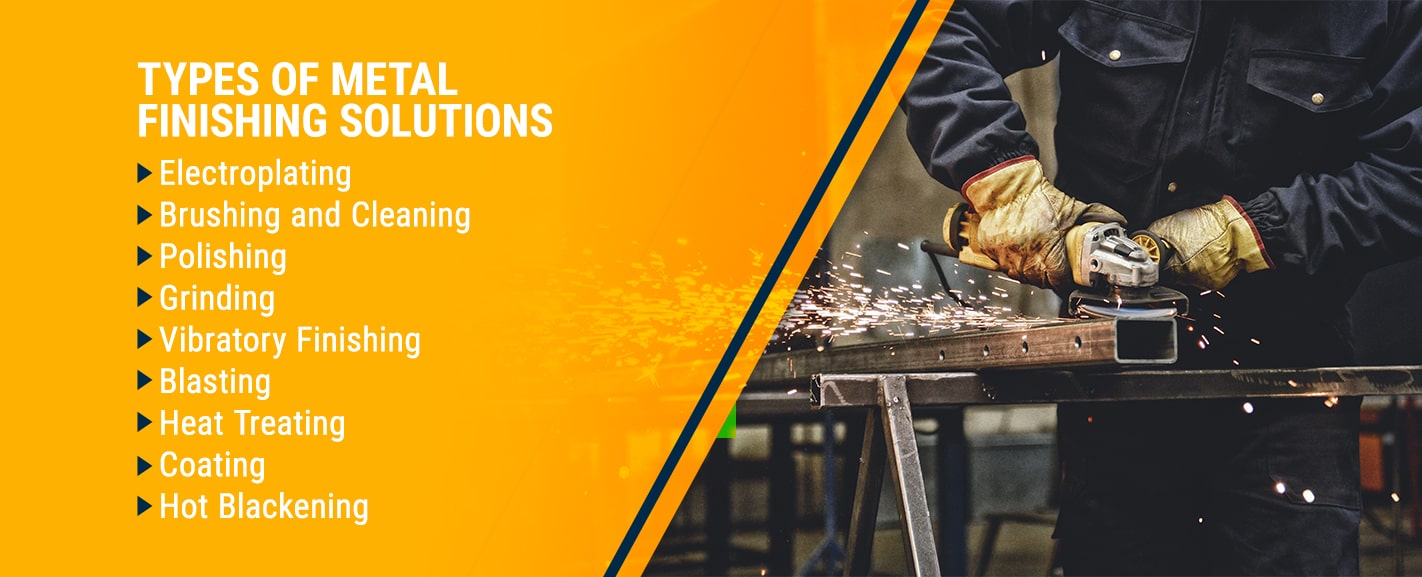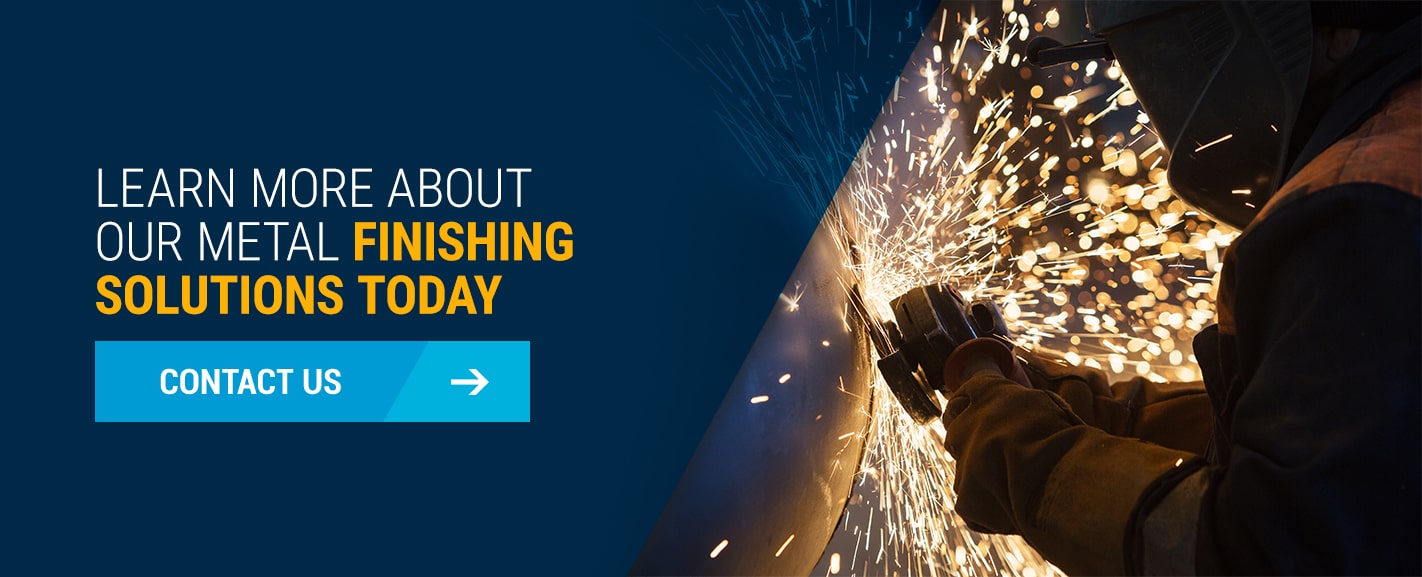What Is Metal Finishing and How Can You Use It?
Metal is one of the most widely used materials in modern manufacturing. From everyday tools to advanced industrial components, metals like copper, zinc, nickel, tin, lead, as well as precious metals such as silver, gold, and platinum, play a crucial role in our daily lives. Each metal has its own unique properties, but they also come with certain limitations that can affect their performance and longevity. This is where metal finishing comes into play. Metal finishing is a process that enhances the surface properties of a metal part or component. It not only improves durability and aesthetics but also provides functional benefits like corrosion resistance, electrical conductivity, and improved adhesion for coatings. Whether you're looking to protect your products from wear or enhance their visual appeal, understanding metal finishing can help you make informed decisions for your business. Metal finishing refers to the various techniques used to modify the surface of a metal object. These processes can range from simple cleaning to complex coating applications. The goal of metal finishing is to improve the functionality, appearance, and lifespan of metal parts. Some methods add a protective layer, while others clean, polish, or alter the surface texture for specific purposes. One of the most common types of metal finishing is plating, which involves applying a thin layer of another metal onto the surface. However, there are many other techniques available, each with its own advantages. Choosing the right method depends on your product’s requirements, environment, and intended use. There are numerous reasons to incorporate metal finishing into your production process. Here are some of the key benefits: There are several metal finishing methods, each offering different results depending on the application. Understanding these options can help you choose the best one for your needs. Here are some of the most common types: Electroplating uses an electric current to deposit a thin layer of metal onto a substrate. This method is commonly used to improve corrosion resistance, hardness, and appearance. It's often applied to steel, brass, and other base metals, and can be used on plastics in some cases. This process involves using brushes or chemical baths to clean and smooth the surface of a metal part. It helps remove imperfections and prepares the surface for further treatments like plating or painting. Polishing can create a shiny, reflective surface. There are two main types: electropolishing, which uses an electrochemical process, and buff polishing, which uses mechanical friction to achieve a smooth finish. Grinding removes material from the surface to achieve a finer finish. It’s often used as a final step before polishing or plating, ensuring a consistent and high-quality surface. Vibratory finishing uses vibration to polish and deburr metal parts. It's efficient for large volumes and can be done wet or dry, depending on the desired result. Abrasive blasting, such as sandblasting, is used to clean, smooth, or prepare surfaces. It’s effective for removing rust, scale, or old coatings before applying new finishes. Heat treatment changes the internal structure of metal to improve strength, hardness, and toughness. It’s essential in manufacturing components that need to withstand high stress or extreme conditions. Coatings like powder coating or paint provide both protection and aesthetic value. Powder coating, in particular, is durable and offers a wide range of color and texture options. Hot blackening creates a dark, matte finish on metal parts. It's often used in automotive, military, and tool industries for both appearance and added wear resistance. If you're looking to enhance the performance, appearance, or longevity of your metal products, metal finishing is an essential step. With so many options available, it's important to work with experts who understand your specific needs. At Finishing Systems, we offer a wide range of metal finishing services and custom equipment to meet your requirements. Whether you're looking for electroplating, polishing, or specialized coatings, we can help you find the best solution for your business. Reach out to us online or call 800-582-3693 today to learn more about how we can support your metal finishing needs! Fan Bracket,Wall Fan Bracket,Ceiling Fan Mounting Bracket,Ceiling Fan Bracket Ningbo Maixun International Trade Co., Ltd , https://www.nbmachinery.com
What Is Metal Finishing and How Can You Use It?
Updated: June 27, 2022
What Is Metal Finishing?
Why Use Metal Finishing for Your Products?

Types of Metal Finishing Solutions
Electroplating
Brushing and Cleaning
Polishing
Grinding
Vibratory Finishing
Blasting
Heat Treating
Coating
Hot Blackening

Learn More About Our Metal Finishing Solutions Today
